Akira Toriyama and his long-standing legacy in the video game industry
From Dragon Quest to Chrono Trigger, all the way through countless Dragon Ball games, Akira Toriyama left his mark in the world of video games.
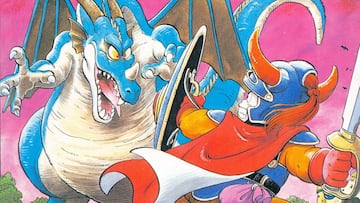
It is undeniable that Dragon Ball is Akira Toriyama’s greatest legacy and the work which will always be associated with his life as an artist, but there is much more to the mangaka’s legacy. His influence in the world of video games is almost as important, as his career is linked to one of the most important role-playing franchises in the history of the medium: Dragon Quest. In the mid-80s, Yuji Horii was working with his studio, Chunsoft, on his own version of Western role-playing games that excited the most specialized players, titles like Wizardry or Ultima that were devoured by a specialized audience. At that time, Nintendo’s Famicom was emerging and had greatly expanded the base of users interested in video games in Japan, so Horii correctly interpreted that the ideas of those games would be accepted among that majority audience if it managed to make them more friendly and accessible to a wider audience.
As part of that idea of creating something designed for a majority Japanese audience, he contacted a young artist who was making a name for himself with the serialization of his manga. The author was Akira Toriyama and the work was Dragon Ball, which at that time did not yet have its international projection, but was triumphing in its native country. During the development of Dragon Quest 9, Toriyama recalled those moments in these statements.
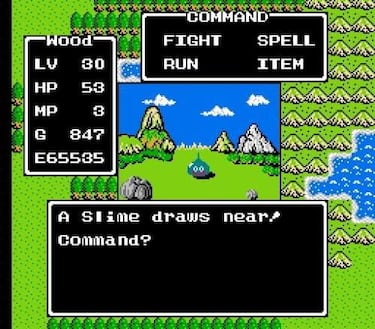
“I was very easily convinced to take on the job of Dragon Quest character designer. What the hell is a role-playing game?”, I thought. That was the time we lived in. Honestly, if I had known I would be moving on after 30 years, I don’t think I would have taken the job! Honestly, if I had known how long it would last, I would have politely declined. I’m not good at doing the same thing over and over again. “Designing characters for Dragon Quest is a fun but difficult job.” Furthermore, the author talked about one of his most particular hallmarks in this saga, his overflowing imagination when creating monsters: “Having such a specific design setting limits your artistic options, and since I like to create fanciful designs from time to time From time to time, I created tons of designs that were rejected in the old days, but I got to paint countless minor monsters, which is what I love to do, and sometimes I get nostalgic about it.”
A series that wouldn’t be the same without his art
Toriyama’s character and creature designs were an essential part of Dragon Quest’s commercial success. and they compose an unavoidable part of the personality and aesthetics of Dragon Quest. His vision permeated the entire adventure, from the cover art to the instruction booklet, essential at that time to understand the mechanics and ideas of what was being played, especially in a context in which, like Toriyama himself, few knew what an RPG was and what the general idea of that experience consisted of, most of us accustomed to action games, platformers, and arcade experiences. The memory limitations of the original NES prevented much visual detail from being used, but since combat was an essential part of the experience and the screen switched to first-person, this allowed Toriyama’s monster designs to appear as the most characteristic and prominent graphic element, also opting for its own design that had little to do with that seen in Western role-playing games. His work was therefore essential as a way to localize the Western concept of role-playing and make it more friendly to the Japanese public.
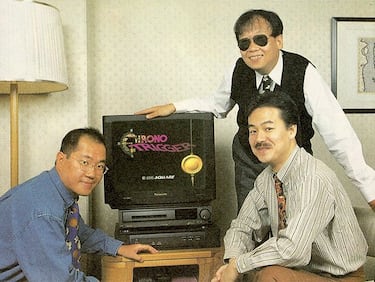
Dragon Quest was a huge success in its home country and would begin a franchise of massive influence during the 8 and 16-bit generation, which the author combined with the development of a Dragon Ball that had already become a phenomenon. The two properties grew non-stop and it was even common to see winks and cross-references between the two. Toriyama has participated in all the installments of a series which cannot be imagined without the sensei’s very particular aesthetics. With this role alone the author would have a privileged place in the world of video games, but his place in the history of the medium does not end with the role-playing saga.
Chrono Trigger, another of his greatest legacies
Related stories
When Square and Enix decided to work together and compose a ‘Dream Team’ to create an RPG like never before, the directors of the Final Fantasy and Dragon Quest sagas were clear that the design of characters and creatures of that project, Chrono Trigger, had to be a job for Toriyama. Hironobu Sakaguchi, Yuji Horii, and Akira Toriyama were the main pillars of that project and its most visible faces within a team full of great talents. The artist would surely appreciate participating in a project with a more diverse setting than the traditional medieval fantasy world of Dragon Quest. In a development interview, they talked about his participation and weight within the project: “Initially, Horii made rough sketches of the characters. The drawings he showed us were really bad (laughs). But Toriyama said it was actually for the best. The lack of detail and finesse meant that Toriyama was not limited by someone else’s designs. This way I had more freedom (laughs). “The character of Frog was created this way, with Horii giving a sketch to Toriyama.” The result of all that work is considered one of the peaks of Japanese RPG and one of the most important games on Super Nintendo and the entire medium.
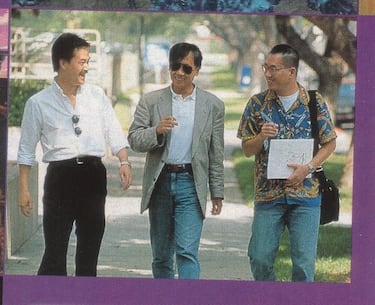
Although Dragon Quest and Chrono Trigger are the most visible faces of Toriyama’s passage through video games, they do not form a complete scene. The success of Dragon Ball is not an exclusive phenomenon of manga and anime, being one of the most prolific series in the video game, with different successful adaptations in numerous formats that reach our days, forming an unavoidable part of the weight of the mangaka in the world. half. Other pieces of work he made, like Dr Slump and Go Go Ackman!, have also had their own video games. Nor can we forget other more specific works, such as when he was convinced by Sakaguchi to participate in Blue Dragon, which also bore his particular stamp on the design of characters and creatures. Or his work in the fighting game Tobal No1, in which he participated by designing fighters. All of this forms a monumental complex that will always be part of the history of the video game and for which the author will always be remembered beyond Goku’s adventures.
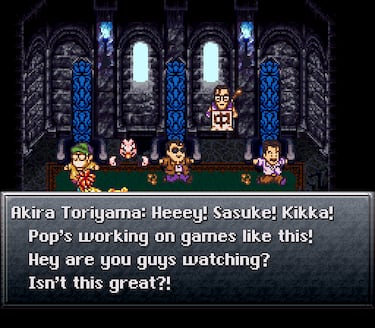

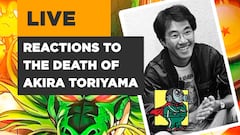

Complete your personal details to comment